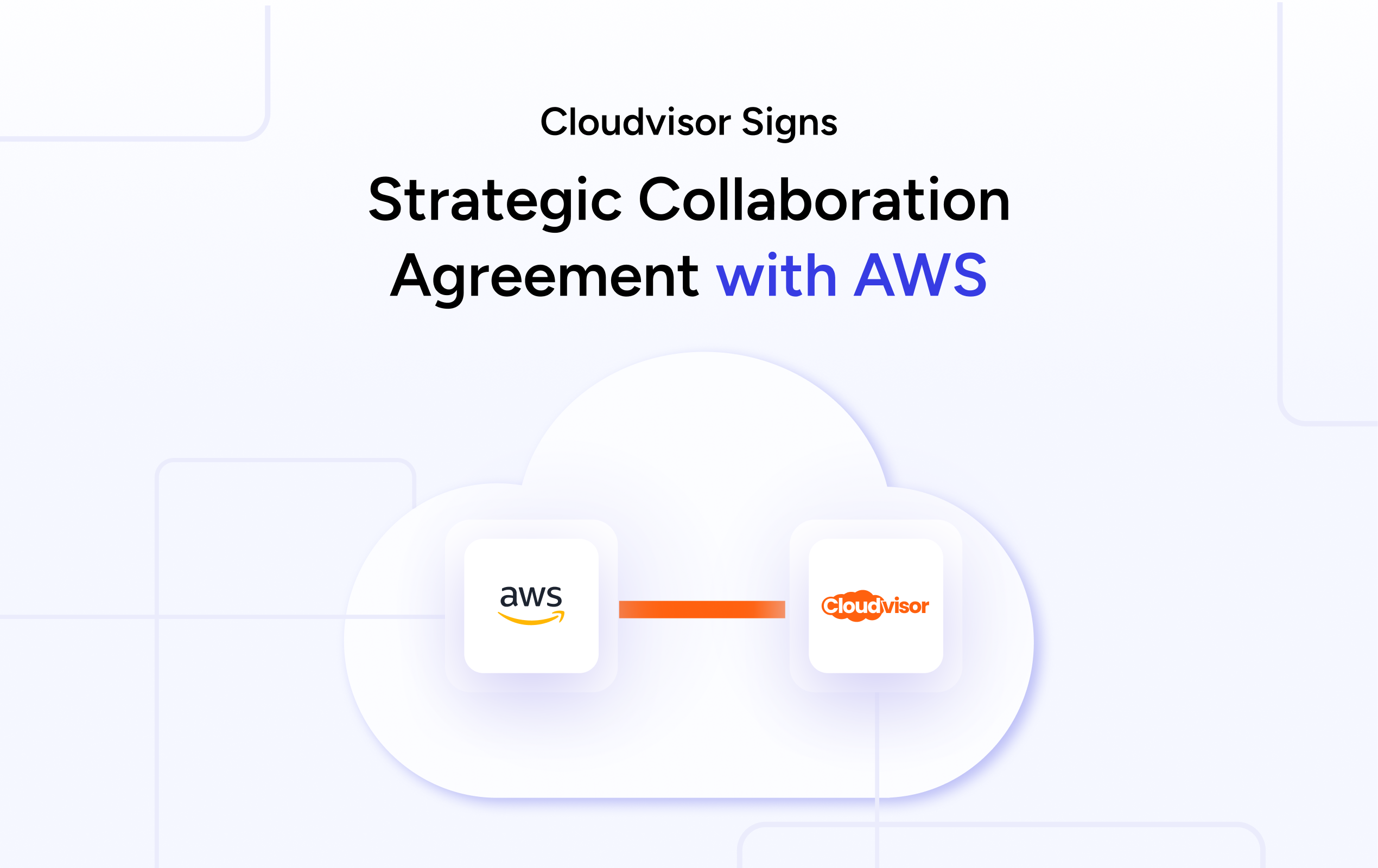Are you looking for a cost-effective way to secure your business data? Amazon VPC offers reliable and comprehensive security without breaking the bank. Discover the benefits of Amazon VPC and how it can help your team below.
Table of Contents
What is Amazon VPC?
Amazon VPC (Virtual Private Cloud) is a cloud-computing service that provides secure, private virtual networks to store and host your data. You can design and build your own VPC, with security protocols tailored specifically for your organization’s unique needs. Plus, it integrates easily with other Amazon Web Services like Amazon EC2 and Amazon S3 for additional security.
How Does Amazon VPC Work?
Amazon VPC is like having an isolated, virtual data center in the cloud. It serves as a secure connection between your company’s resources and the rest of the internet. Setting up Amazon VPC requires subnets for all types of data transmission, including public-facing subnets for external web traffic, private-facing subnets for internal resources, and connectivity between your provider’s gateway and your own on-site infrastructure. This architecture allows you to scale quickly and securely with flexible networking features such as segmentation and dynamic routing support.
Benefits of Amazon VPC
Benefits of Amazon VPC for business teams include cost savings, improved security, and easy scalability. Its cost savings come from a streamlined, automated approach that eliminates the need to maintain physical servers, while its secure architecture ensures data remains safe across different communication protocols. Finally, it’s designed to scale quickly and easily as user needs grow or change. Amazon VPC gives your business team powerful tools for managing highly available, reliable applications and services with less time and effort.
Advantages of Amazon VPC for Businesses
Amazon VPC provides businesses with a variety of advantages beyond its cost savings, such as improved security through encryption and identity-based access control, high availability with automated backups, and effortless scalability. Additionally, its integrated workflow solutions simplify the management of infrastructure configurations such as networking and storage. With these features, businesses can accelerate innovation cycles while increasing service levels without having to worry about manual configuration or underlying physical components.
How to Set Up an Amazon VPC
Setting up an Amazon VPC is relatively straightforward and you can begin using it in no time. The main steps involved in setting up a VPC include selecting the IP address range, creating subnets, configuring network gateways, and enabling auto-scaling. Once your VPC is set up, you can start launching AWS resources into your virtual private cloud for improved scalability and availability. Additionally, you can also create user-defined policies to customize network access controls based on your organizational requirements.




